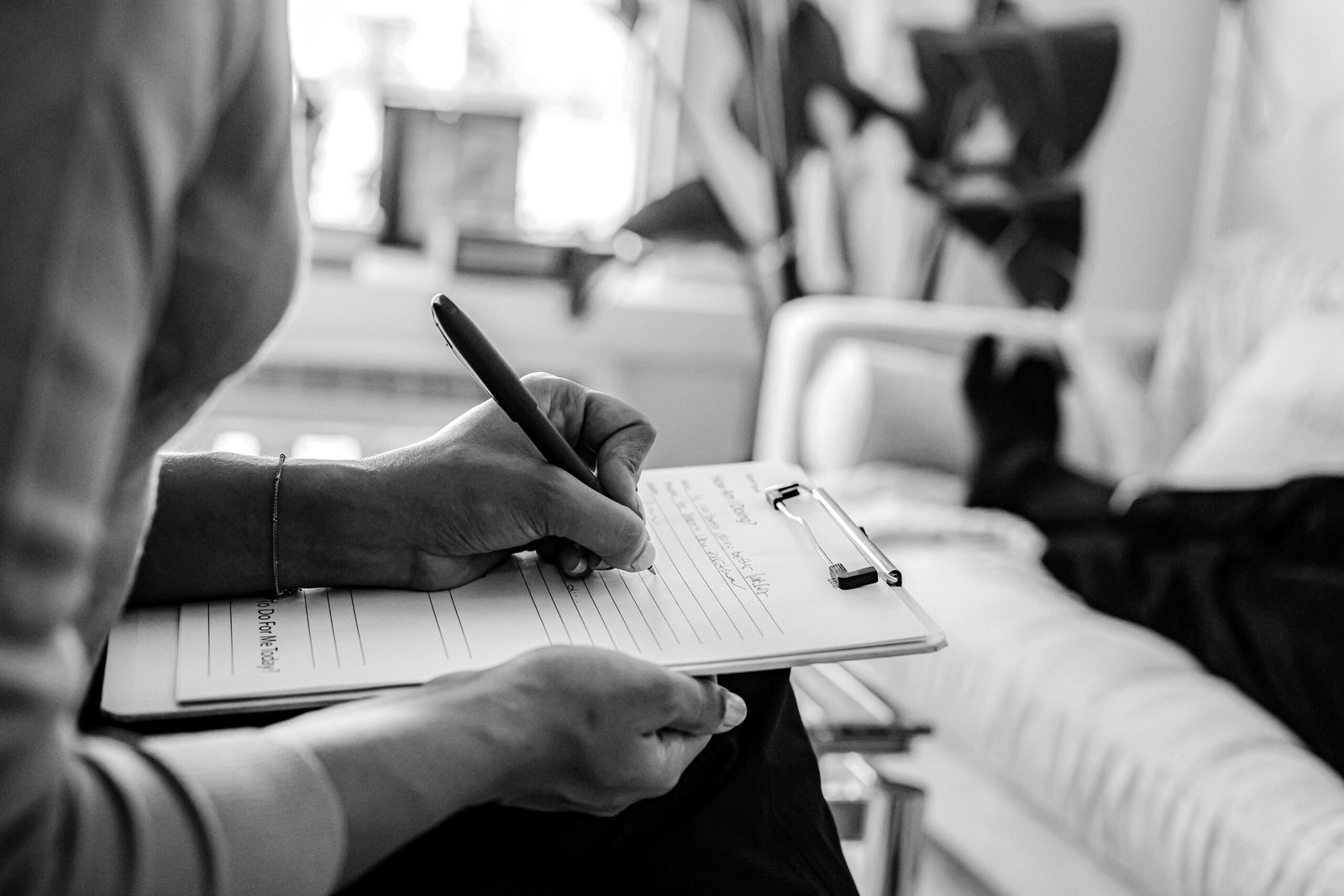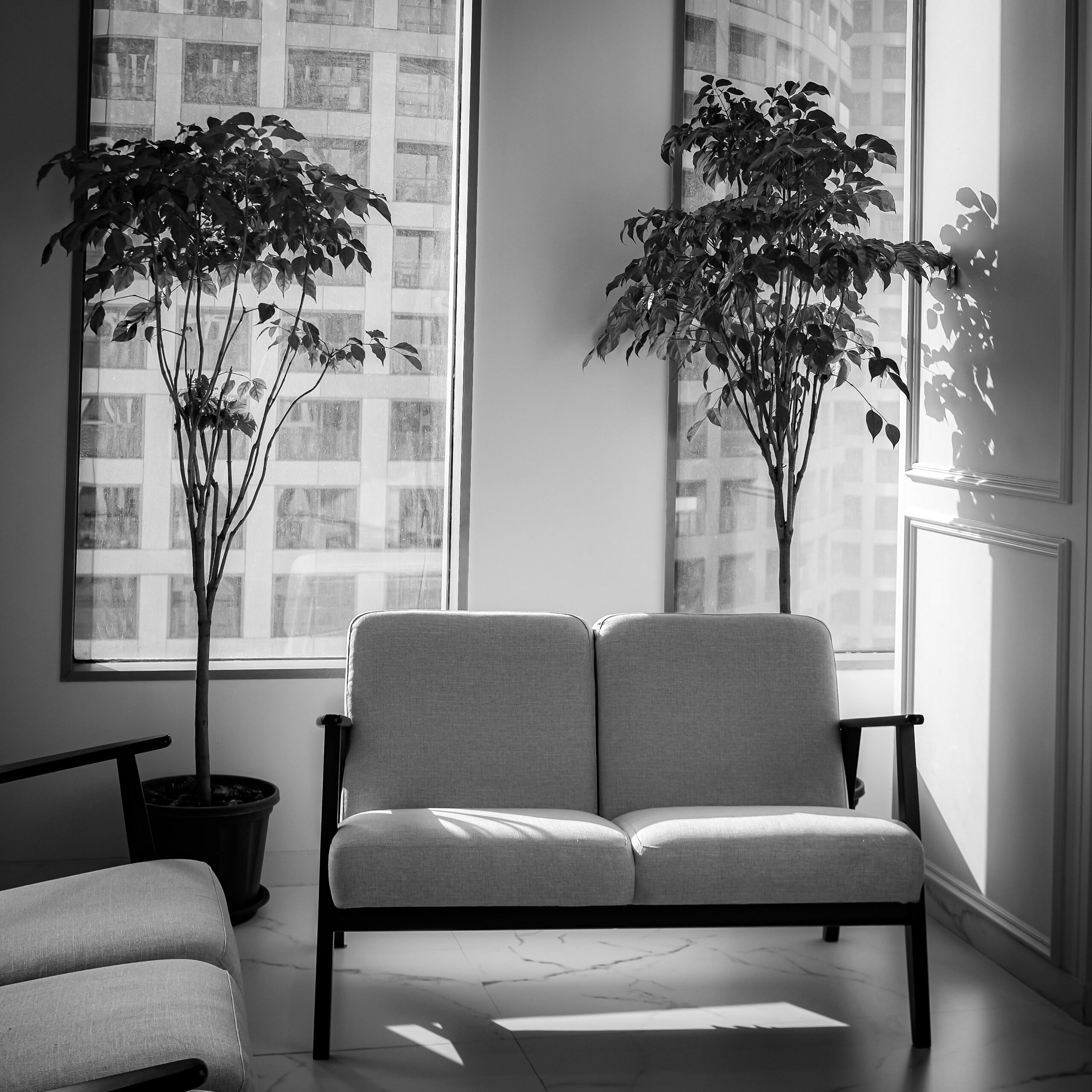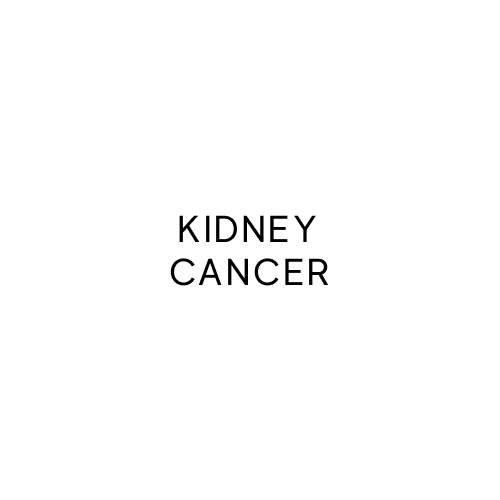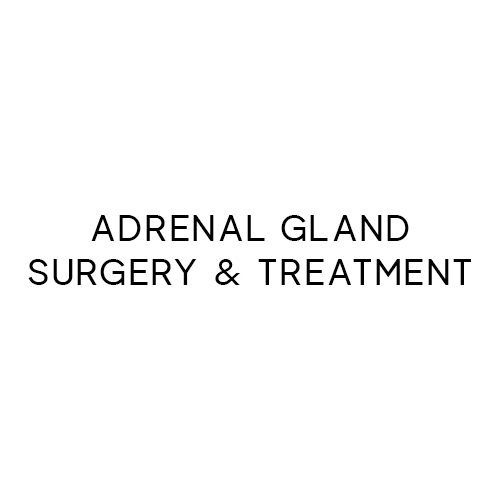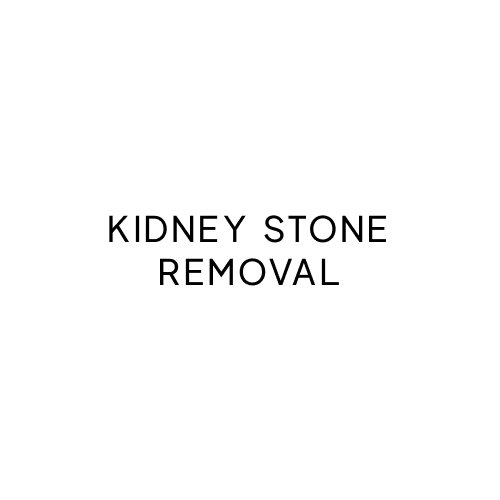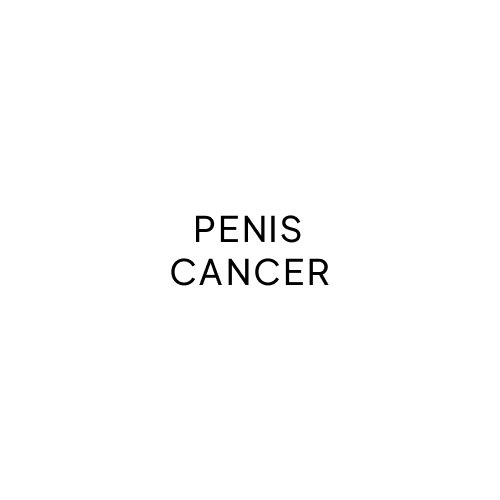
More About Testicular Cancer Treatment >>

Dr Anup Ramani provides cost effective, state of the art treatment to patients from many countries who may not have the best treatments options, or prohibitive costs, or long wait times in their country.
- He regularly treats international patients from European, Asian, middle eastern and African countries including UK, UAE, Thailand, Singapore, Kenya, Ethiopia, Nepal, Turkey, etc
- Our travel desk can support with required paperwork for a medical visa for India from your country.
- They can also assist with airport pick up/ drop off and hotel options based on budget.
- Any help required locally is also provided by our travel desk
- After returning home, patients can follow up with Dr. Ramani and his surgical team via phone, WhatsApp, email.
Dr. Ramani is passionate about creating a stress-free and secure environment for patients and their families throughout their surgical journey.
He offers logistical support to patients visiting from different cities and countries, including: 1. Airport pick-up and drop-off 2. Arranging hotels based on patients' budgets 3. Dedicated travel concierge to assist with any travel and accommodation-related issues 4. SIM card arrangements
Dr. Ramani's team also helps patients with the medical visa application process.

Patient Outcomes
Start by meeting Dr. Anup for a thorough diagnosis and discussion of treatment options. We prioritise open communication and ensure you understand every step. Typically, a new consultation lasts for over an hour.
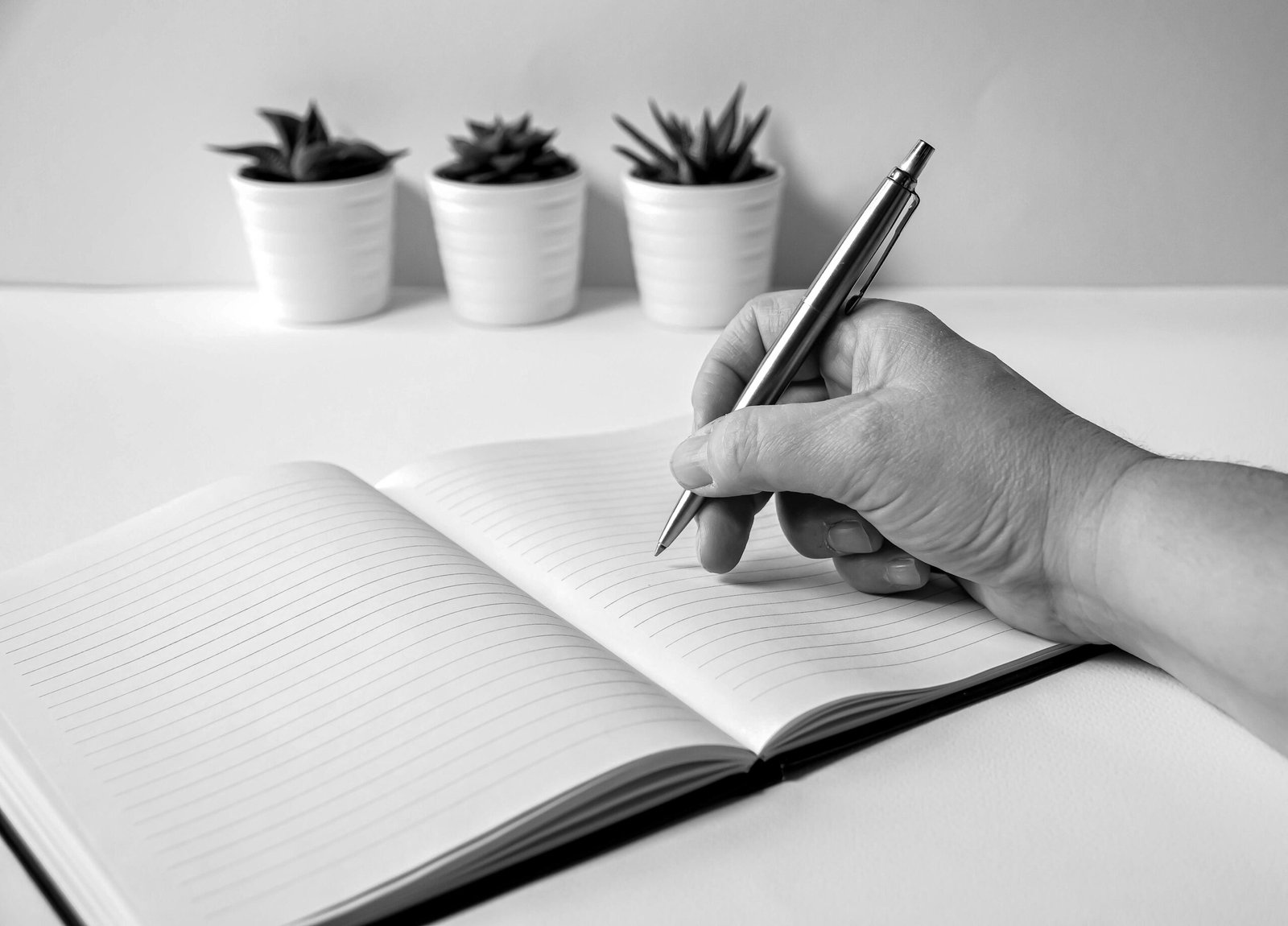
We understand that patients need complete information about the treatment options and the process. After the patient consult, our counsellor provides a cost estimated tailored to your preferences.
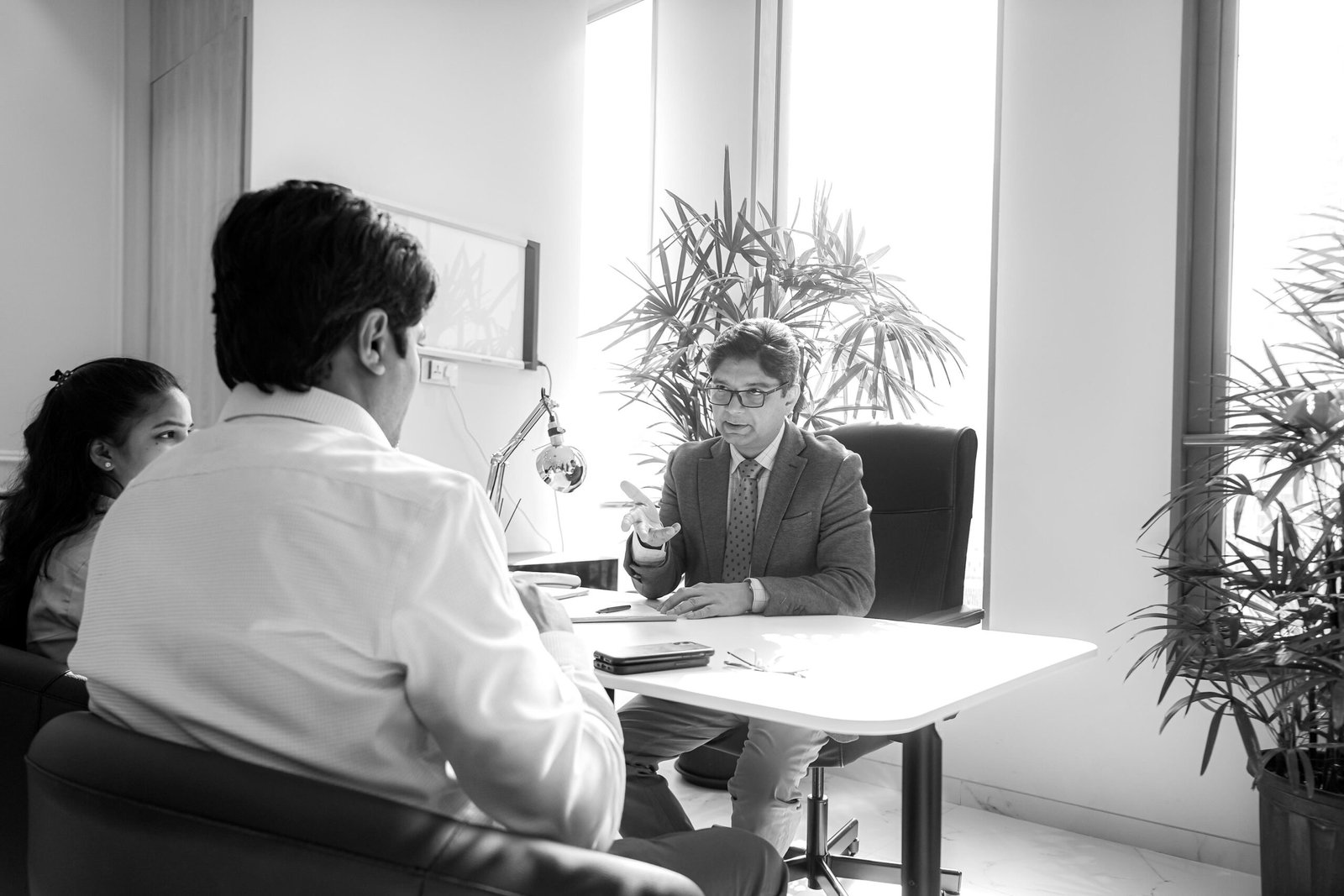
On admission day, our team manages your admission process for a smooth and stress-free experience.
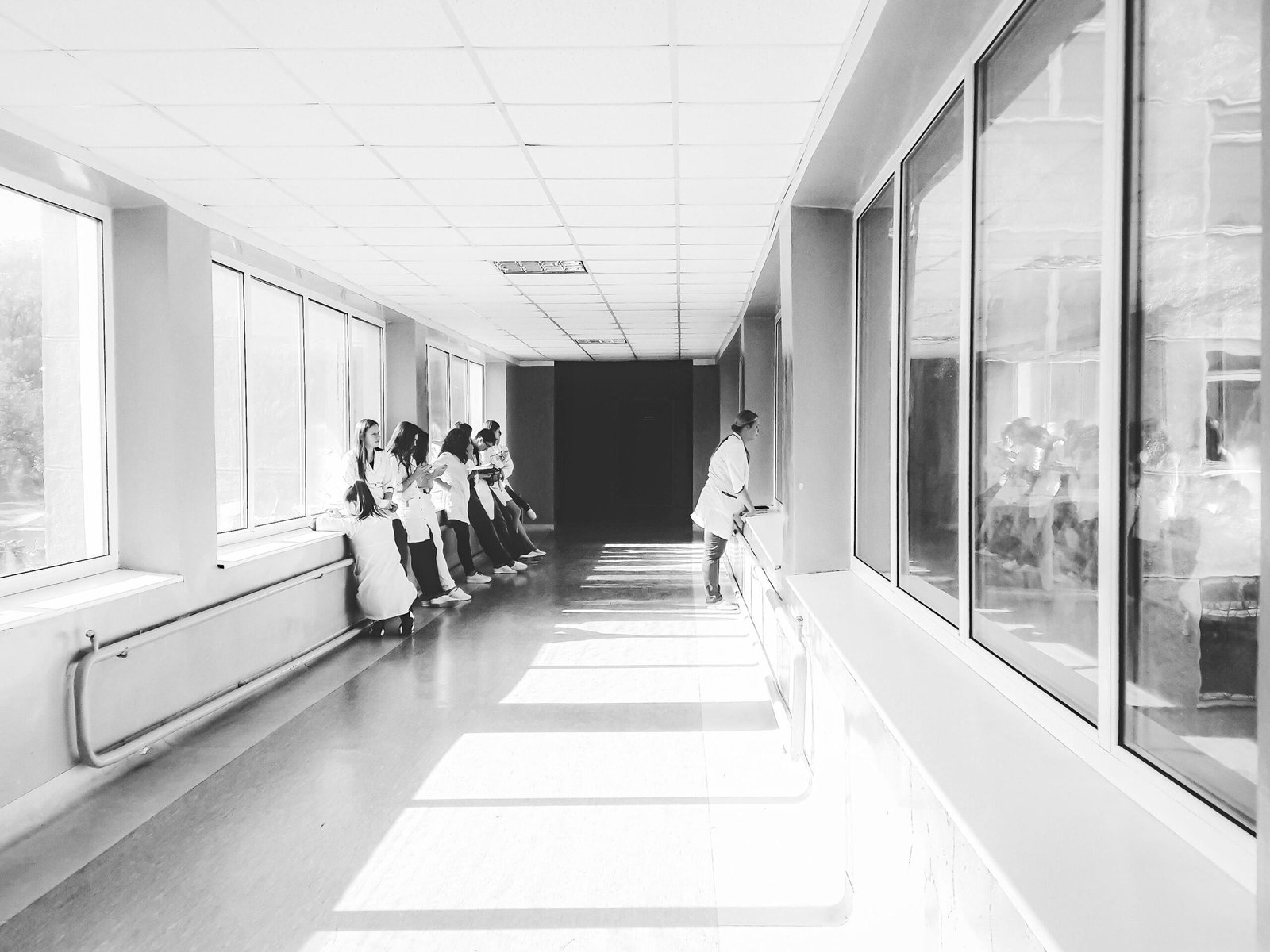
Feel empowered with a dedicated contact number and a private WhatsApp group for instant access to our medical team, anytime, anywhere.
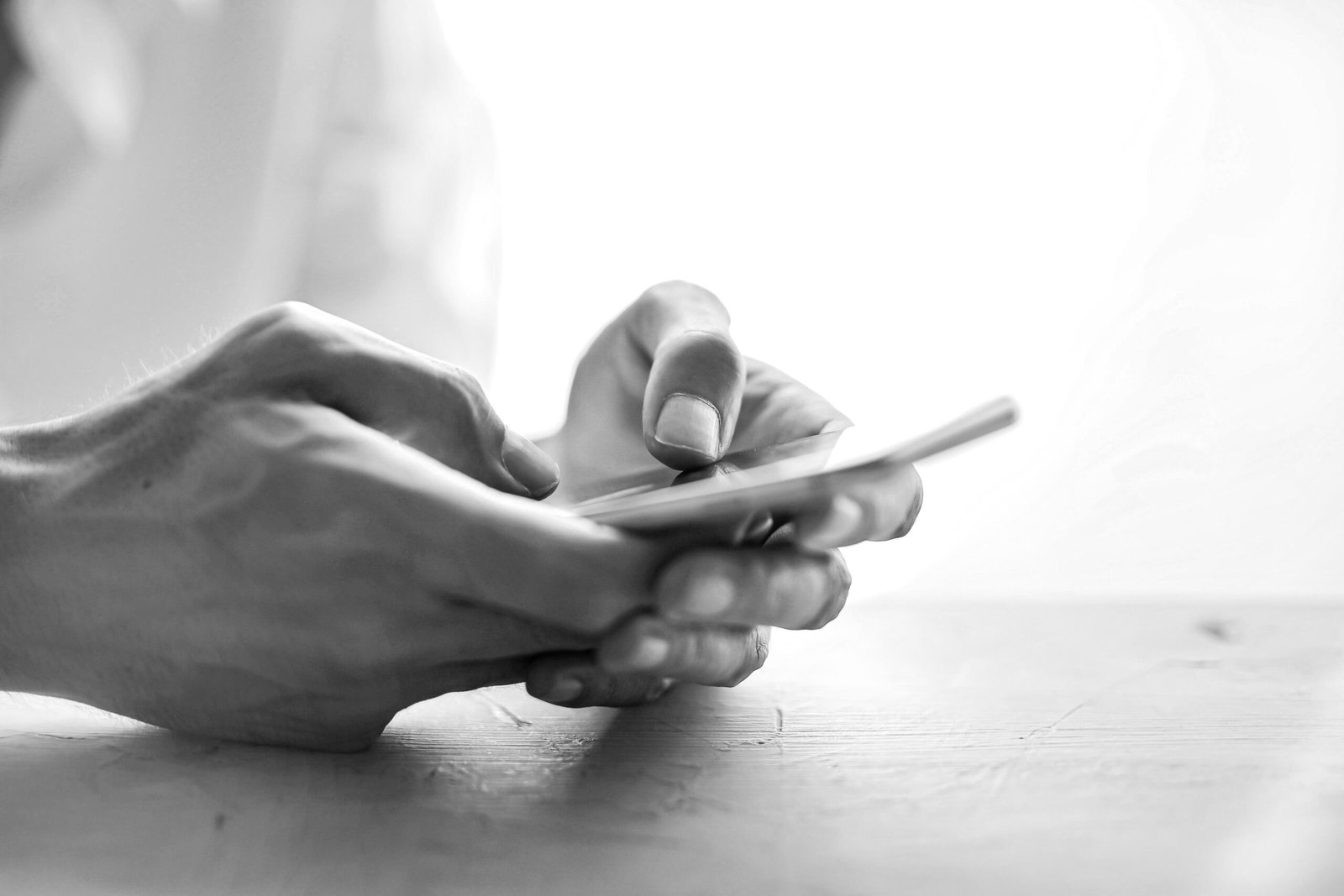
After a successful surgery, you get clear recovery instructions and personalised “do’s and don’ts” for optimal healing. Our team doctor conducts follow-up checks at home as needed post-surgery, handling procedures like stitch removal, dressing, and catheter removal for comprehensive care.
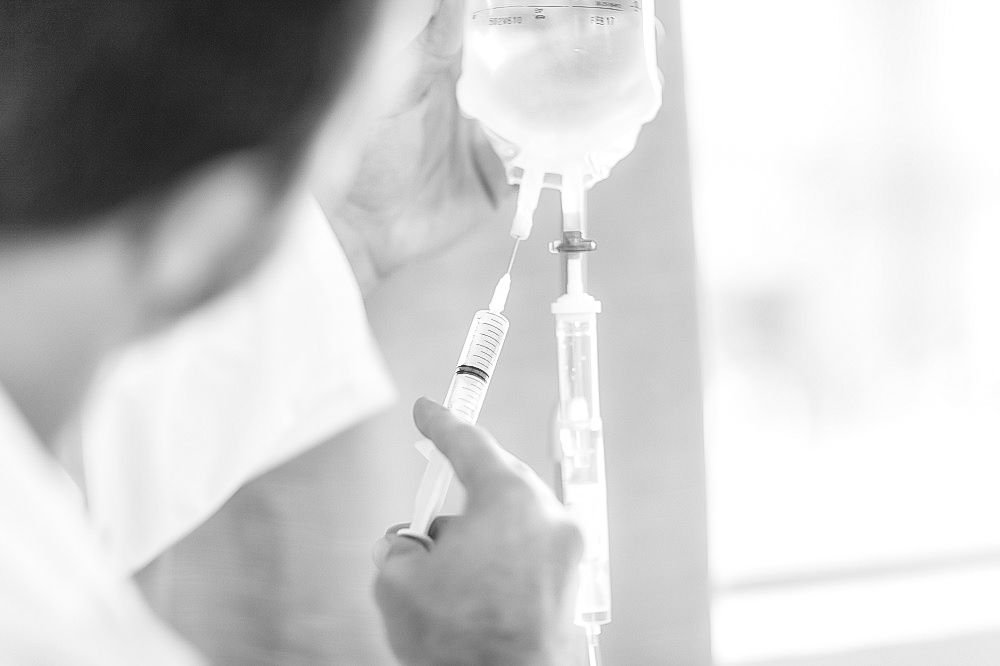
Our team doctor can visit the patient to review the recovery process. Minor assistance like catheter removal, stitch removal can be done in the comfort of your home by the team doctor during the visit.
